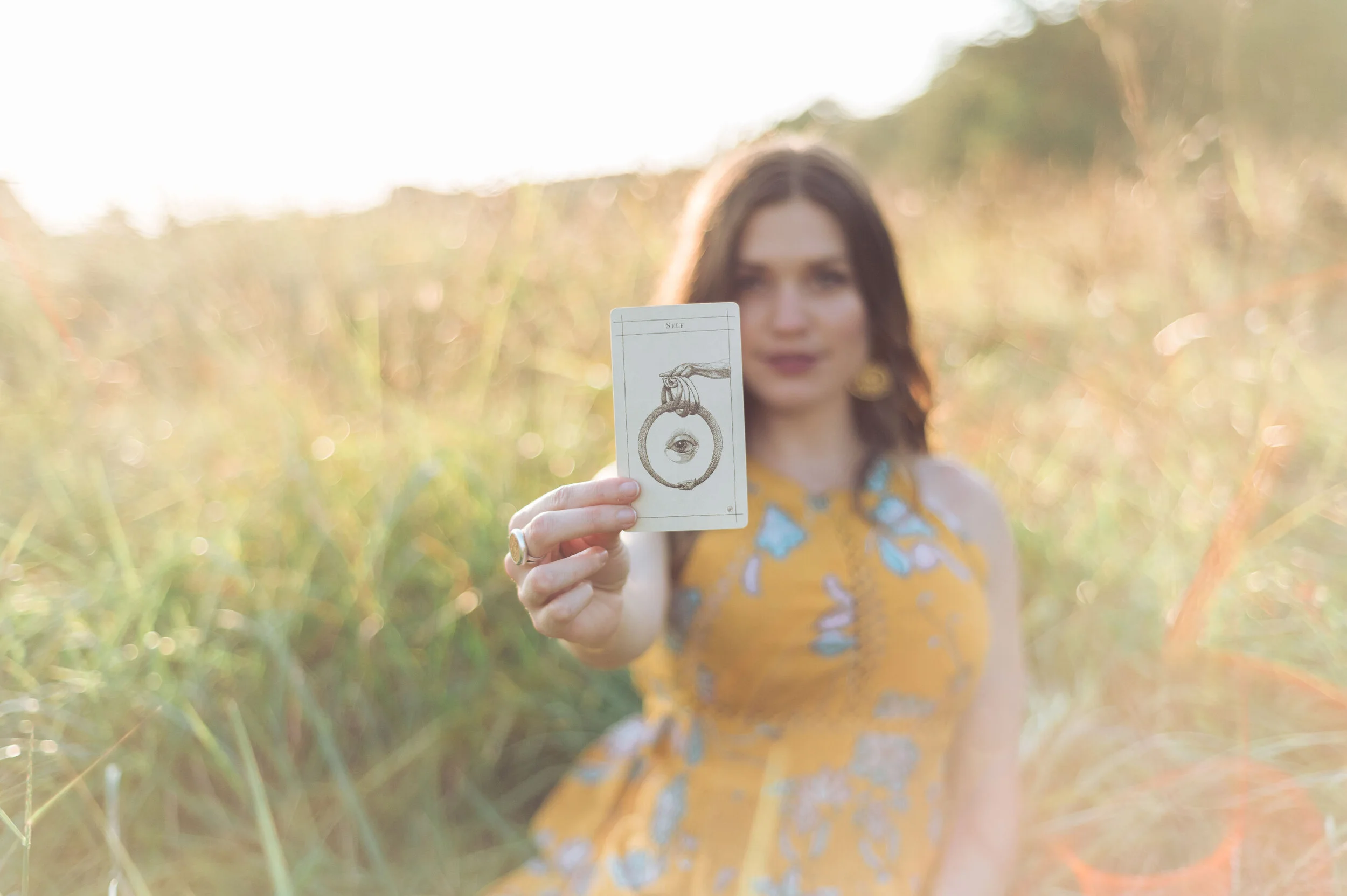Wintering looks and feels different than all other years. This go around we are nesting in a newer home, learning its quirks and cozying into each of its snug corners. I have begun to refer to it as the country cottage. The amenities are vastly different from the city. It sits on two acres across from a cow pasture that disappears into a sloping ridge. The cows are a welcomed sight each morning and I find myself anticipating in which paddock they will be wandering each day, always hoping they will be in the one closest to the house. The Neigbor says there is a donkey at the next farm over. I haven’t seen him yet, but the Neigbor assures me I will hear his mercurial braying before long.
To the south, which can be viewed from both the porch and the windows of the living room, is the Bald Mountain range. Snow fell recently and created a scenic contrast of light and shadow that made their appearance even more stark. Some days the mountains are clear and demanding, other days they are obscured by cloud cover or an approaching storm. The golden hour is a special treat because the wooded ridge turns a glowing shade of burgundy for a few moments by some peculiar trick of the light. The swath of dormant trees can be quite dull and gray in all other winter lighting, but during the golden hour they seem to radiate with warmth.
The back yard meanders up to a brush line that separates the property from another farm. The brush is a bustling home and ecosystem. Birds of all varieties are in constant motion, especially in the mornings. A quintet of geese bellows overhead, “harsh and exciting” in the words of Mary Oliver. Deer take refuge from the wind by the trees. Their eyes beam back at me like pairs of flash lights when I pull into the driveway after dark. A barn cat was spotted two days ago prowling around the brush for sport or a snack. Perhaps both. Even in winter, the thicket is teeming with life. And I anticipate more vitality and more movement with a looming spring.
My life has been characterized by an uncanny stillness since graduating. But then I reconsider the word choice of "uncanny". Don’t I know that even when life appears motionless, how much is pulsing just beneath the surface, regenerating and incubating? I watched the Secret Garden recently and to Mary, the snobby high-born girl, Dickon, an animal whisperer and old soul gently educates her on the nature of the garden during winter. “It’s not dead, miss. It’s wick”. It's wick here, too. One day there could be a row of raised flower beds holding ranunculus and dahlias in the back yard. Perhaps a compost pile will sit next to them and nourish them. Maybe one day there could be a bee hive buzzing with life and full of sweet honey. But not now. For now these thoughts are all potential and perfection. The land is as wonderful as it ever was or what it even could be as it exists right now, in a state of wintering.




